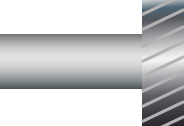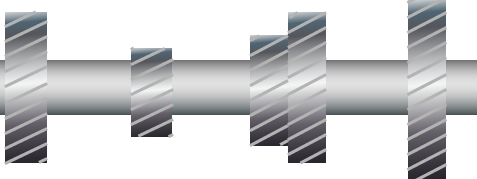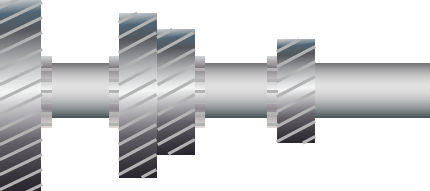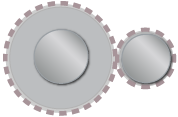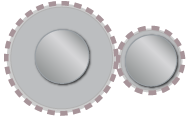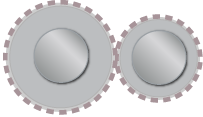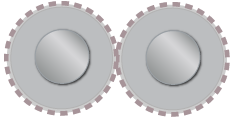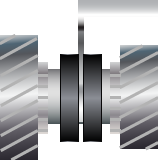What Is A Gearbox?
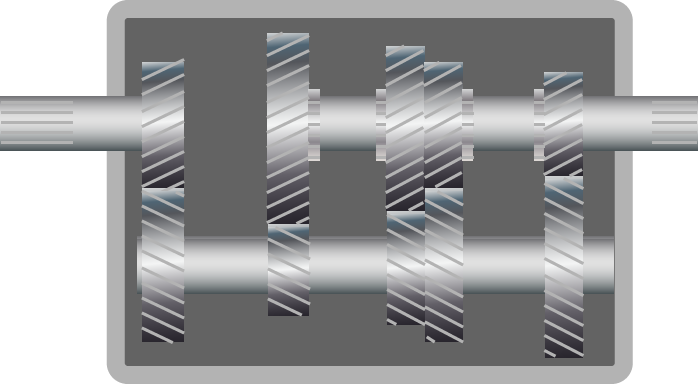
A Gearbox is typically enclosed in a aluminium alloy casing a collection of connecting shafts and gears submersed in oil for lubrication and cooling.
What Does A Gearbox Do?
Facilitates the varying of torque and speed on the box output shaft with reference to the input shaft. See our superb manual vehicle gearbox animation to see a gearbox in action.
Everything Your Gearbox Does
- Varies the torque on the output shaft
- Varies the speed of the output shaft
- Provides a reverse gear
- Disconnects and connects drive between the clutch and the differential
- Provides an overdrive gear which rotates the output shaft more per turn than the input shaft, usually for fuel economy
